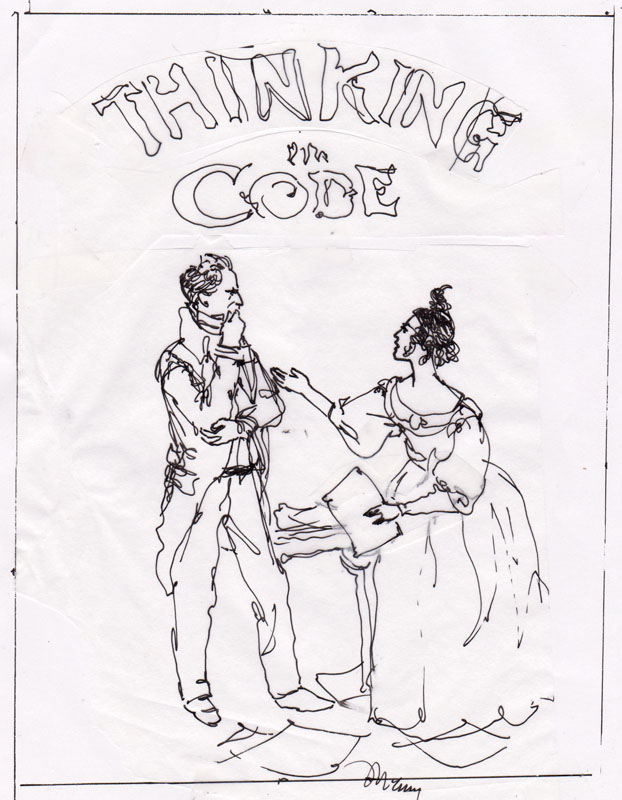
There’s no overt attempt at melodrama, but the convincing characterization of Lady Byron (who fashioned “a career out of having suffered at Lord Byron’s hands, while at the same time basking in the aura of his fame”), Ada’s admission that she’d fallen out of love with William Lovelace and didn’t really like children and her laudanum-induced erratic behavior make her a heroine worthy of fiction. Here McCully offers middle-schoolers a biography at once more nuanced about Lovelace’s enduring contribution to computer development and vastly more involving about the domestic dramas that marked her life with her controlling mother, her supportive but ultimately unloved husband, and her largely ignored children.

STEM education has spurred curricular interest in Ada Byron Lovelace, and much of it has recently emerged in picture-book format. The result is a portrait that is at once remarkable and fascinating, tragic and triumphant.★ The Bulletin for the Center for Children’s Books Award-winning author Emily Arnold McCully opens the window on a peculiar and singular intellect, shaped - and hampered - by history, social norms, and family dysfunction. Their ensuing collaborations resulted in ideas and concepts that presaged computer programming by almost two hundred years, and Ada Lovelace is now recognized as a pioneer and prophet of the information age. At seventeen, Ada met eccentric inventor Charles Babbage, a kindred spirit.

Tutored by the brightest minds, Ada developed a hunger for mental puzzles, mathematical conundrums, and scientific discovery that kept pace with the breathtaking advances of the industrial and social revolutions taking place in Europe. Her strict mother worked hard at cultivating her own role as the long-suffering ex-wife of bad-boy poet Lord Byron while raising Ada in isolation. This illuminating biography reveals how the daughter of Lord Byron, Britain's most infamous Romantic poet, became the world's first computer programmer.Įven by 1800s standards, Ada Byron Lovelace had an unusual upbringing.


 0 kommentar(er)
0 kommentar(er)
